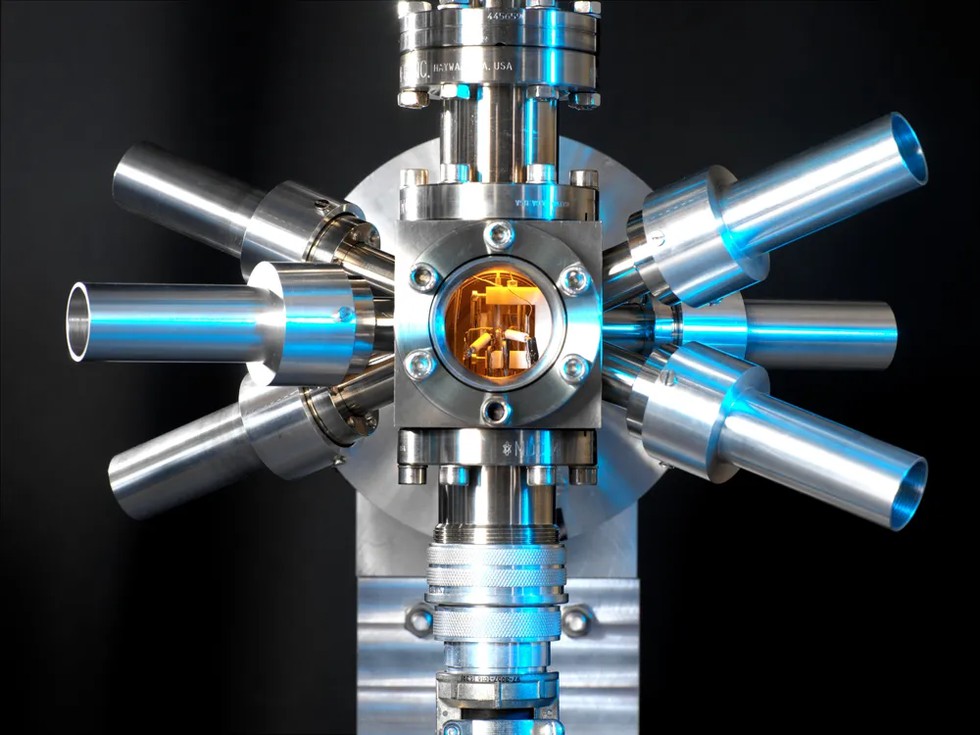About Atomic clocks
- Atomic clocks are the most precise timekeeping devices, critical for applications requiring extreme accuracy, such as GPS systems, telecommunications, and scientific research.
- These clocks measure time using the resonant frequencies of atoms, such as cesium-133.
- In atomic time, one second is defined by the time it takes for a cesium atom to vibrate 9,192,631,770 times.
- The stability and accuracy of atomic vibrations make atomic clocks the most reliable devices for measuring time.
How Does an Atomic Clock Work?
- Atomic clocks operate using a type of atom known as the cesium atom, which vibrates at a highly stable and precise frequency. The process begins in a microwave cavity, a chamber filled with cesium vapour.
- A microwave signal is introduced into this cavity, causing the cesium atoms to vibrate and emit radiation at a specific frequency.
This emitted frequency is then detected and compared to a standard frequency.
- Any differences between the two frequencies are used to adjust the clock’s timekeeping, ensuring continuous precision.
Types of Atomic Clocks
There are two primary types of atomic clocks:
- Cesium atomic clocks: The most common type, used to define the international time standard, Coordinated Universal Time (UTC).
- Hydrogen maser atomic clocks: Even more accurate than cesium clocks, these are primarily used in scientific research due to their exceptional precision.
Why is a Lunar Time Standard Needed?
- A lunar time standard is essential for ensuring precise timekeeping for lunar spacecraft and satellites, which require extreme accuracy for their missions.
- This standard would synchronise communication between satellites, astronauts, lunar bases, and Earth, thereby facilitating coordinated operations, reliable transactions, and effective management of lunar commerce.
- Due to the Moon's lower gravity, time on the Moon ticks slightly faster compared to Earth. Specifically, an Earth-based clock would lose approximately 7 microseconds per Earth day when observed from the Moon, with additional periodic variations.
- This discrepancy can cause significant challenges in critical situations, such as docking spacecraft on the Moon, transferring data at precise times, and maintaining reliable communication and navigation.
How Earth’s Time Standard Works
- The timekeeping system on Earth is based on Coordinated Universal Time (UTC), an internationally agreed-upon standard.
- Universal Time Coordinated (UTC): It is a global time standard ensuring consistency. It relies on International Atomic Time (TAI), maintained by atomic clocks worldwide, to provide precise and uniform timekeeping.
- UTC is maintained by the International Bureau of Weights and Measures in Paris, France, and is derived from a weighted average of over 400 atomic clocks located around the world.
- Time zones: To determine local time, countries adjust UTC by adding or subtracting hours based on their distance from the 0-degree longitude meridian, also known as the Greenwich Meridian.
- Countries west of the Greenwich Meridian subtract from UTC, while those to the east add to it.
